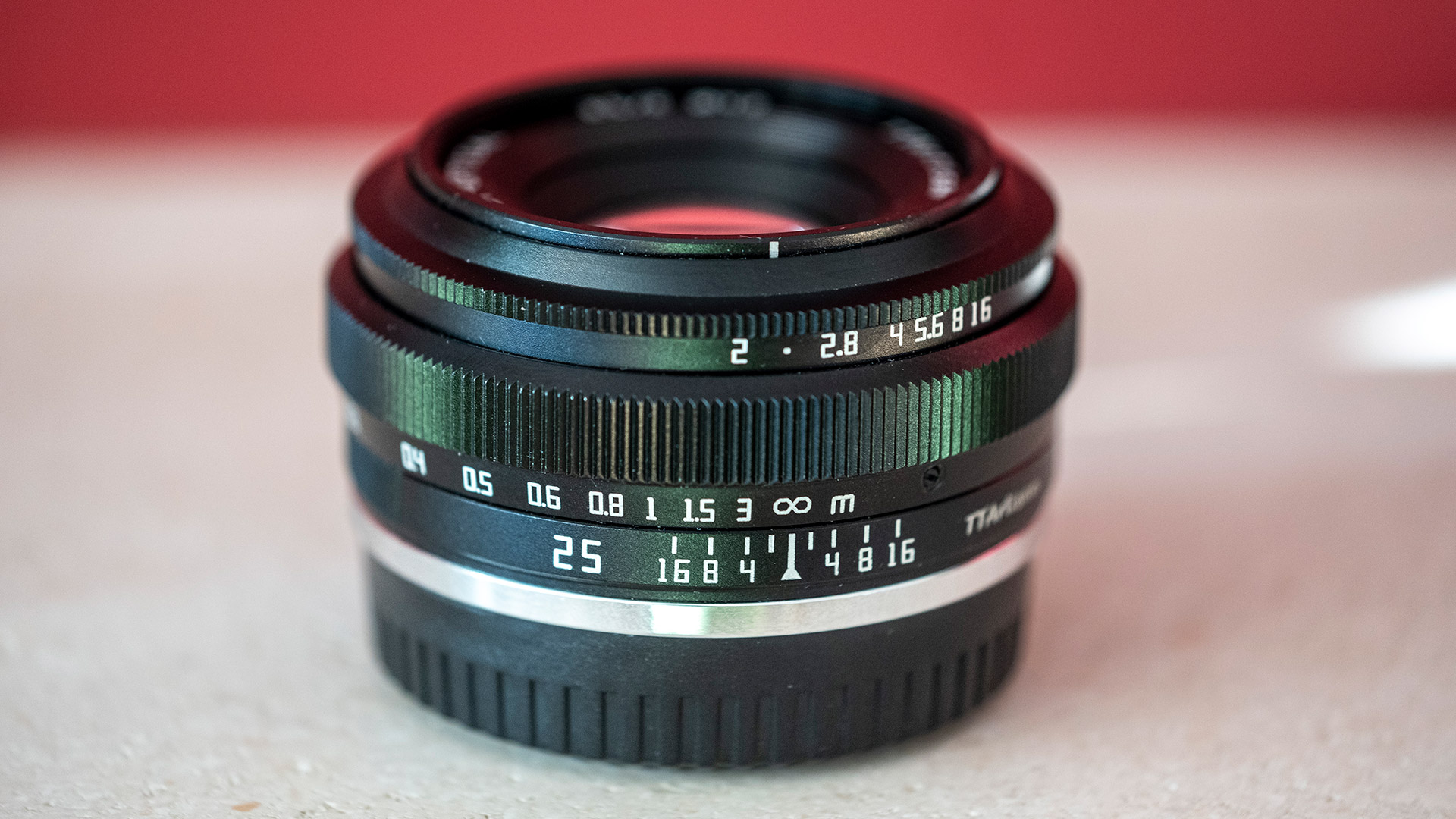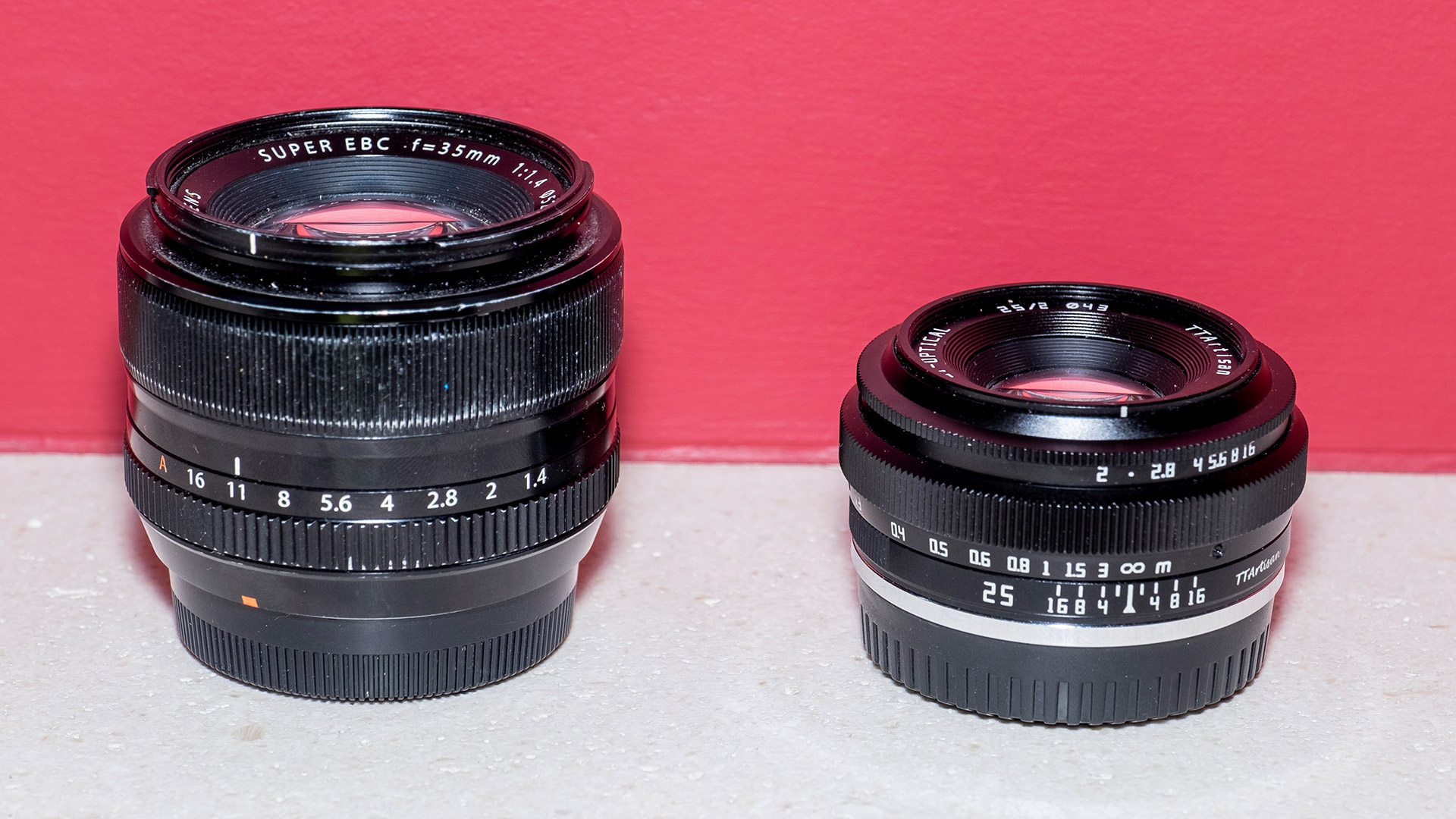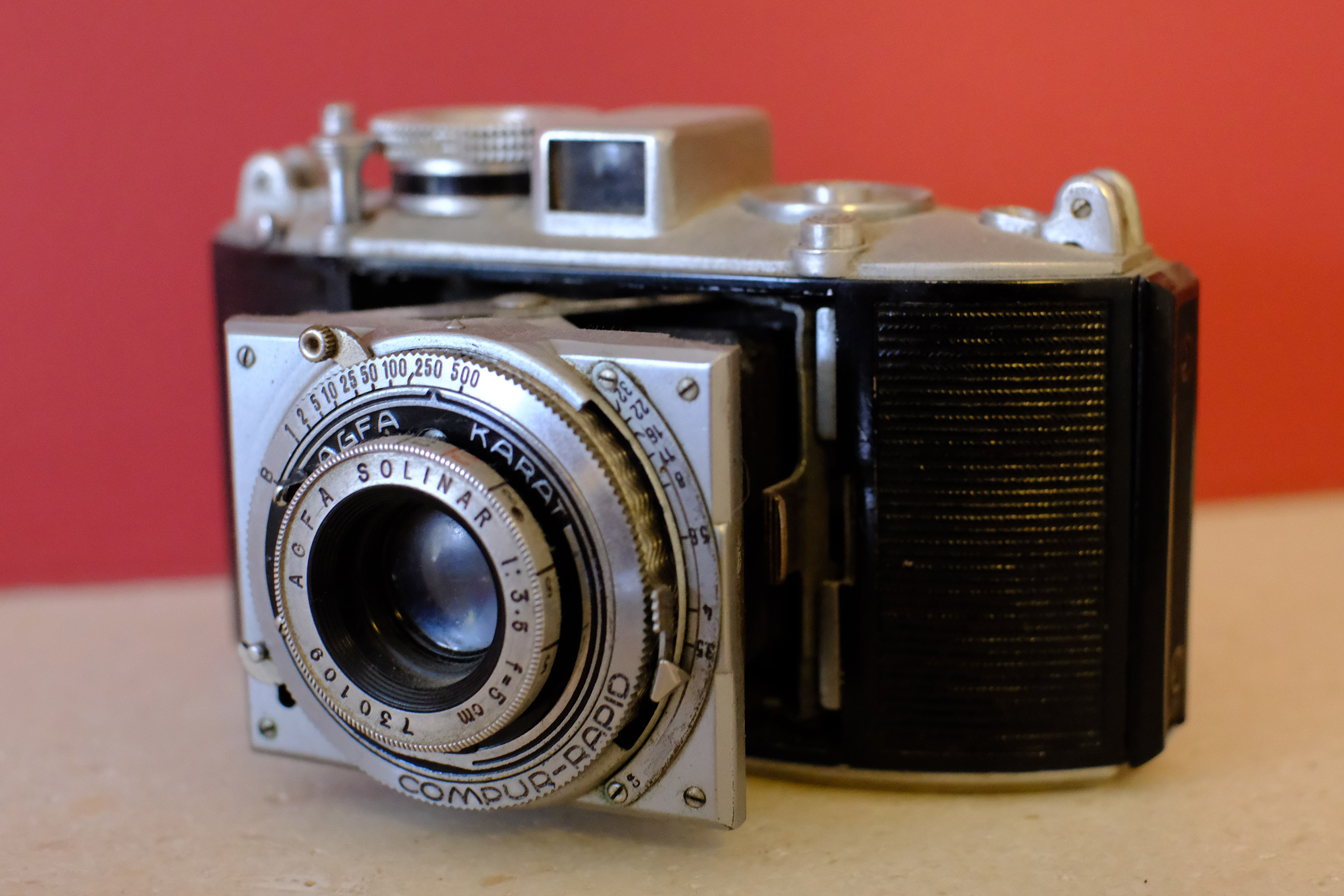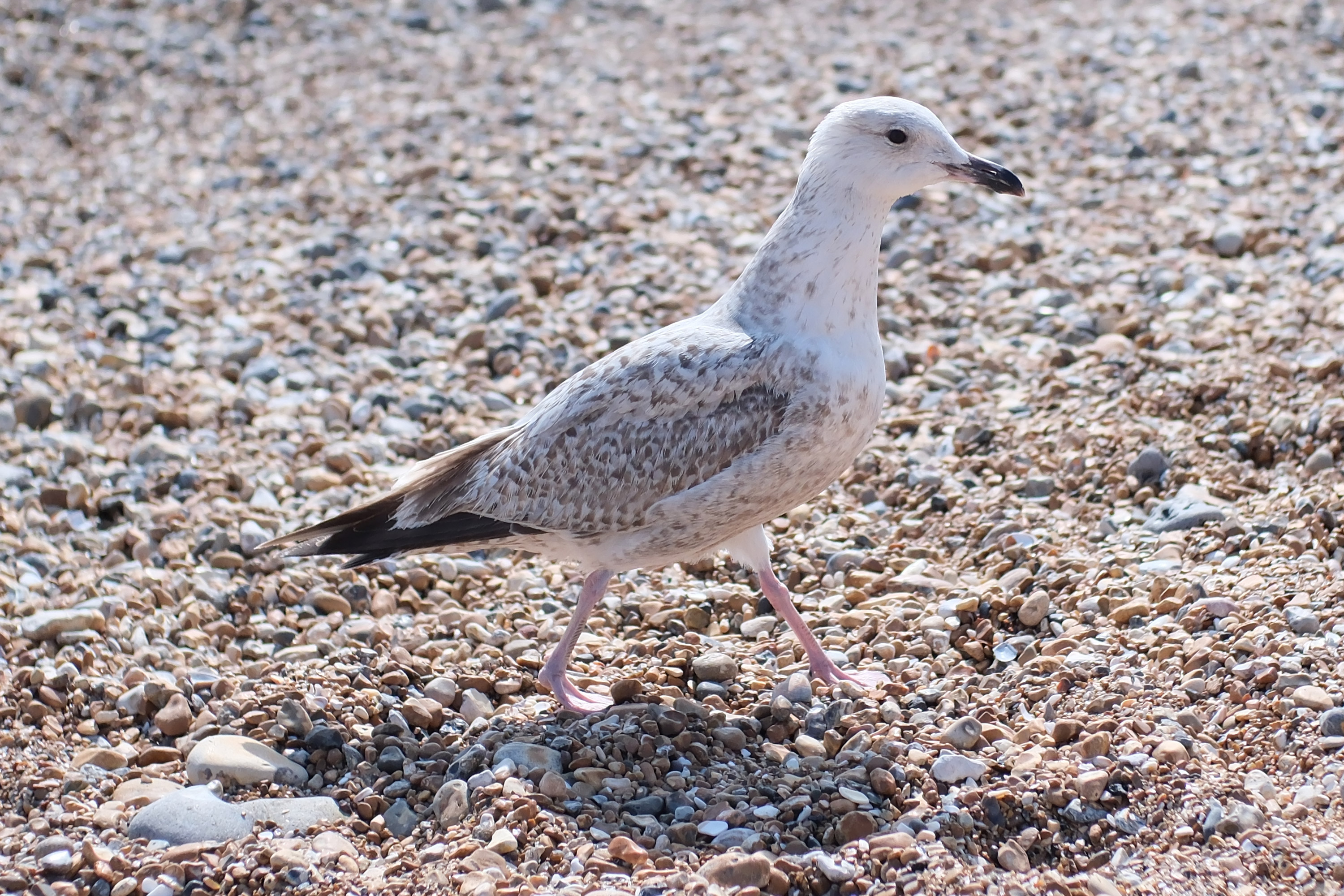Can a $64 camera lens really be any good? I bought a cheap, Chinese-made lens for my Fujifilm X-T5 and it’s way better than I expected. Here’s what you need to know about the TTArtisan 25mm F/2
The TTArtisan 25mm F/2 is dirt cheap and far better than it should be

There are some things you should never cheap out on. Televisions, for instance – nobody wants to watch a smeary mess with awful viewing angles. Or auto repairs, because, y'know, you might die.
To that list add camera lenses. After all, a crappy photo is only slightly better than no photo at all, so it makes sense to spend a bit extra and get an image you want to keep.
At least that's what I used to think. Over the past year or so I've seen increasing chatter around a new wave of ultra-cheap lenses that perform far better than you'd expect. They're generally made by Chinese firms and undercut the first-party options by hundreds of dollars. The only caveat is that most are manual-focus only.
With some available for as little $60, the potential savings are huge. I'm a Fujifilm X shooter, and the system's cheapest first-party lens costs $200; most are in the $500-1,000 range.
But how good could a $60 lens really be? And is a manual-focus-only model more trouble than it's worth? I decided to give one a go. And you know what? I'm a convert.
No-plastic fantastic

The lens I bought was the TTArtisan 25mm F/2 lens in Fujifilm X mount, which cost me the not-so-steep sum of £69 in the UK and which retails at $64 in the US. It's also available for the same price in Sony E, Canon M and RF, Nikon Z, M43 and Leica L mounts.
This is a classic walk-around lens, with a focal length of around 37mm in full-frame terms, so about the same as the human eye. Stick it on the camera in the morning, head out for the day and it'll cover everything from landscapes and sightseeing to (relatively zoomed-out) portraits.
Sign up for breaking news, reviews, opinion, top tech deals, and more.
The F/2 aperture, meanwhile, gathers plenty of light, making it a great choice for everything from dreary winter days to parties and nights out. And of course it also gives you a decent amount of bokeh, of which more later.
A quick glance at the specs had given me all of that info before I bought the 25mm F/2 lens, but there was very little detail about its build, beyond a reference to an "all-metal" body.
I wasn't expecting much on this front, frankly – $64 / £69 is a really low price for a lens, and Fujifilm's own budget range is all plastic. But I couldn't have been more wrong; the TTArtisan lens is beautifully built. It is indeed made entirely from metal, including the lens mount and even the cap. Unlike most clip-on lens caps, the one here is a fiddly and time consuming screw-on type. It attaches to the 43mm filter ring – and is one of my least favorite things about the lens design.

There's a focus ring, complete with markings, and an aperture ring with clicked stops for each step. Both are nicely weighted, with a smooth motion as you turn and plenty of tactile feedback. They're not too stiff, but also feel like they'll stay firmly in place.
Strangely, the aperture ring lacks a stop for F/11, jumping straight from F/8 to F/16. It's not just that it isn't marked – there's literally no stop between 8 and 16. If you shoot a lot at F/11 then, well, you can't. Sorry! You do get an extra one at F/2.4, though.

The other really notable thing about it is how small and light it is. It's not quite a pancake, but it's not far off and it pairs beautifully with Fujifilm's small mirrorless bodies. It's light, too – just 186g / 6.5 ounces according to my kitchen scales.
The closest equivalent I own is my beloved 35mm F/1.4 lens. This is probably my favorite Fuji lens ever (evident below in how beaten and battered it looks) and is pretty small and light in its own right. That lens weighs about 206g, but is much bigger and more noticeable if you're street shooting.

Focus pocus

However impressive the build is, there is one obvious area where the TTArtisan 25mm F/2 falls behind all first-party lenses: autofocus. Or rather, the distinct lack of it. Yes, this is a manual-focus lens, so you'll need to factor that into your decision as to whether it's a good choice for you or not. But it needn't be a problem.
I suspect that manual focus scares a lot of people who have only been taking photos in the era of full autofocus. AF has advanced incredibly over the past couple of decades, and the new wave of AI-enhanced tech has made it possible to lock on to the eye of a bird in flight or to follow a car around a track. Most of the best cameras have something similar. You won't get anything like that here, but most modern cameras do provide some helpful aids for shooting in manual.
I already do that a lot, because macro photography is one of my passions, and AF is often far less helpful when shooting tiny bugs at F/22. For that reason, I'm well versed in the tools Fujifilm provides for manual shooters on the Fujifilm X-T5, my current main body.

For starters, you can enable the AF + MF option, which lets you switch between the two modes without needing to press a button or delve into a menu. I leave it selected permanently, so I very rarely need to think about which mode I'm in, I just turn the focus ring as required. There's also a dedicated switch on the front of the camera, so I can lock the X-T5 to manual-only mode if desired, which in turn opens up a couple of extra options.
One of those is the ability to select one of three MF Assist modes: Digital Split Image, Digital Microprism and Focus Peak Highlight. I prefer the latter, setting the camera so that it highlights in-focus areas in red; a simple turn of the focus ring enables me to bring the scene into focus by showing me which areas are and aren't highlighted.
Finally, there's also the Focus Check option, which I have assigned to a button within easy reach of my right thumb when shooting. This zooms in the view through the EVF or LCD, so I get an even closer look at exactly what is, or isn't, in focus.
Frankly, manual focus on the Fujifilm X-T5 – and all other Fujifilm cameras – is so simple that there's no real drawback to using it if your subject is not moving quickly. Obviously it wouldn't work well for action; if I tried to take photos of my dog in full pelt down a field, my keep rate would tend towards zero. But for landscapes, posed portraits, buildings etc, it works just fine. There's certainly no reason to be scared of it.
Better than expected
Excellent build quality and manual focus aids are all appreciated, but how does the TTArtisan 25mm F/2 actually perform in use? Again, beyond my expectations. Obviously you get what you pay for to an extent – it doesn't rival my Fuji 35mm for outright quality, let alone my astonishingly sharp 80mm F/2.8 macro lens. And nor can it beat my 56mm F/1.2 for dreamy bokeh. But it's not bad at all.
Each year, I make a photo book of family shots and get it printed as a Christmas gift for my parents and mother-in-law, and when compiling my shortlist this year I was surprised to find that a significant number of my chosen images had been taken with the TTArtisan lens.
I can't include any of those below, unfortunately, as I don't want to put pictures of my kids online – but here's a selection of other shots showing what it's capable of.











Photos from this lens have a nice look to them, with lots of contrast. Pair it with one of Fuji's lovely retro film simulations, such as Classic Chrome or Classic Neg and you'll get some great shots from it. It's also plenty sharp enough in the center of the frame, particularly if you're stopped down to at least F/4.
Bokeh is smooth and relatively unobtrusive. It's a reasonably wide lens, so you won't get superb subject separation, but in the right setting it's not too bad. And that pretty much sums it up – it'll do a decent job, and at this price it's a bit of a steal.
Negatives? Well, it's not the sharpest bit of glass I own; the X-T5 has a 40MP sensor, and pixel-peeping shots taken with the TTArtisan reveals a certain amount of softness in the corners and at low apertures. There's also some fairly heavy vignetting, which is again worse below F/4. There's also a bit of distortion, although nothing that can't be corrected afterwards. And it has a tendency towards flare when shooting into a bright light source.
Then again, this lens costs $64! Will you get better shots with the Fujifilm XF 23mm F1.4? Yes, obviously – but that will set you back $800 / £829. Ditto the XF 23mm F/2 ($400 / £415). But if you can't afford those, the TTArtisan 25mm F/2 is a lot better than you might expect. It's ultra-small and light, beautifully built and takes decent shots at a highly usable focal length. I'll be keeping it, and checking out some other TTArtisan lenses to fill the gaps in my line-up.
You might also like

Marc is TechRadar’s Global Editor in Chief, the latest in a long line of senior editorial roles he’s held in a career that started the week that Google launched (nice of them to mark the occasion). Prior to joining TR, he was UK Editor in Chief on Tom’s Guide, where he oversaw all gaming, streaming, audio, TV, entertainment, how-to and cameras coverage. He's also a former editor of the tech website Stuff and spent five years at the music magazine NME, where his duties mainly involved spoiling other people’s fun. He’s based in London, and has tested and written about phones, tablets, wearables, streaming boxes, smart home devices, Bluetooth speakers, headphones, games, TVs, cameras and pretty much every other type of gadget you can think of. An avid photographer, Marc likes nothing better than taking pictures of very small things (bugs, his daughters) or very big things (distant galaxies). He also enjoys live music, gaming, cycling, and beating Wordle (he authors the daily Wordle today page).